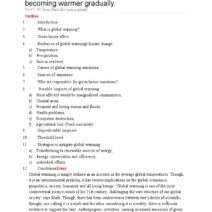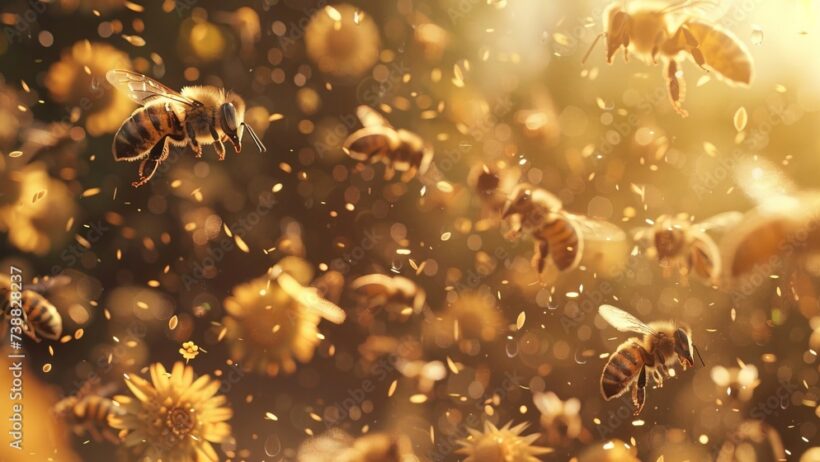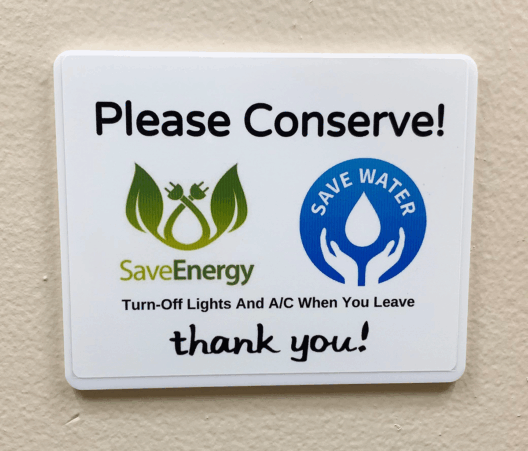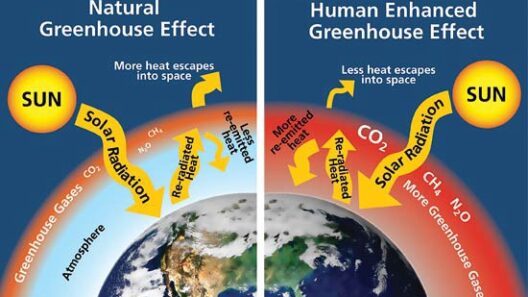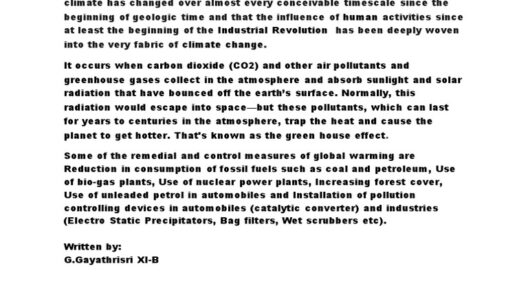The plight of bee populations worldwide has captured the attention of environmental activists and scientists alike. Have you ever pondered the whimsical thought: What would our world resemble without bees? As charming as bees might appear, their crucial role in our ecosystems cannot be overstated. They diligently pollinate numerous crops and plants, contributing remarkably to biodiversity and food production. However, the alarming decline in bee populations has raised a pertinent question: How are these diminutive creatures interlinked with the overarching menace of global warming?
The correlations between declining bee populations and climate change are intricate and multifaceted. To appreciate this connection, one must first grasp what global warming entails. Essentially, it refers to the rise in Earth’s average surface temperature due primarily to the accumulation of greenhouse gases such as carbon dioxide and methane in our atmosphere. This phenomenon triggers a cascade of climatic shifts, including altered weather patterns, increased incidences of drought, and erratic temperature fluctuations, all of which have substantial repercussions for bee habitats and their thriving populations.
Bees, particularly honeybees, thrive in specific climatic conditions. Temperature and humidity play pivotal roles in determining their foraging behavior and reproductive patterns. As global temperatures rise, the delicate balance within ecosystems is disrupted. For instance, certain flowers may bloom earlier than their pollinators emerge, creating a temporal mismatch. Imagine a garden bursting with flowers, yet devoid of buzzing bees to fertilize them. This scenario epitomizes the adversities faced by bees in a warming world.
As the climate warms, we also witness the spread of pathogens and pests that can decimate bee populations. The varroa mite, an insidious parasite that feeds on honeybees, thrives in warmer conditions. This alarmingly resilient mite poses a significant threat, exacerbated by climate-induced stressors that weaken bee colonies. The interplay of high temperatures and humidity can lead to increased susceptibility to diseases, escalating the decline of bee populations.
Moreover, the very vegetation that serves as food for bees is shifting due to climate change. As temperatures rise, certain plant species may migrate to higher altitudes or latitudes, effectively altering the landscape of available resources for bees. This phenomenon begs the question: As flowers relocate, will bees follow suit? The answer is complex. In the majority of cases, bees have limited mobility and may not be able to adapt quickly enough to these botanical changes, leading to food scarcity and subsequent population declines.
The implications of declining bee populations extend beyond mere aesthetics. The United Nations has estimated that over 75% of the world’s food crops depend on pollinators, particularly bees. The agricultural sector faces an existential crisis as these crucial agents of pollination diminish. This could result in spiraling food prices and dwindling availability of various fruits, vegetables, and nuts. A question looms: Are we prepared for a future where our food systems are jeopardized by the decline of a single group of insects?
In addition to ecological impacts, the relationship between bees and climate change poses challenges for biodiversity conservation. Pollinators like bees are fundamental to the reproductive success of many plant species; their decline undermines not just agriculture, but the overall health of ecosystems. Without bees, some plants may experience a sharp decrease in reproductive success, leading to cascading extinctions that compromise the structural integrity of habitats. The interconnectedness of life is such that the decline of one species can yield a domino effect, plunging entire ecosystems into chaos.
As citizens of a rapidly warming planet, it falls upon us to acknowledge the crucial role of bees and the challenges they face. Individual action can collectively amplify into meaningful change. Initiatives like planting bee-friendly gardens, using organic farming practices free from harmful pesticides, and supporting local beekeepers play critical roles in safeguarding bee populations. It requires a communal effort, fostering a culture of conservation where people actively engage in environmental stewardship. However, this raises a dilemma: How do we mobilize mass participation when apathy often cloaks urgency?
Moreover, policy measures are paramount. Governments and organizations must advocate for strategies that mitigate climate change while prioritizing pollinator health. This intertwining of climate and conservation politics emphasizes the imperative for legislative action aimed at reducing greenhouse gas emissions, protecting pollinator habitats, and enhancing public awareness surrounding the importance of these industrious insects.
In conclusion, the nexus between declining bee populations and global warming illustrates a vivid, sobering reality. Bees are not merely charming creatures flitting from flower to flower; they are vital actors within our ecosystems. As climate change continues to challenge the delicate balance of life, our collective responsibility to protect these essential pollinators grows ever more pressing. Therefore, embracing our role as environmental stewards and championing sustainable practices is not just beneficial—it is existentially critical. The question remains: Will we rise to the challenge or let the hum of bees quietly fade into memory?


